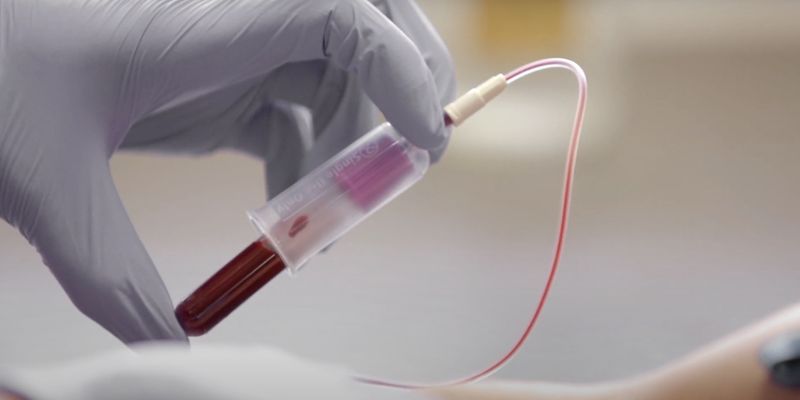Feeling bloated, heavy, or as if you’ve suddenly gained five kilos right before your period is a familiar experience for many – only for everything to return to normal once menstruation begins. That “mystery weight” isn’t fat at all,…
Over the last several decades, a new mystery has emerged surrounding the rates of colorectal…






